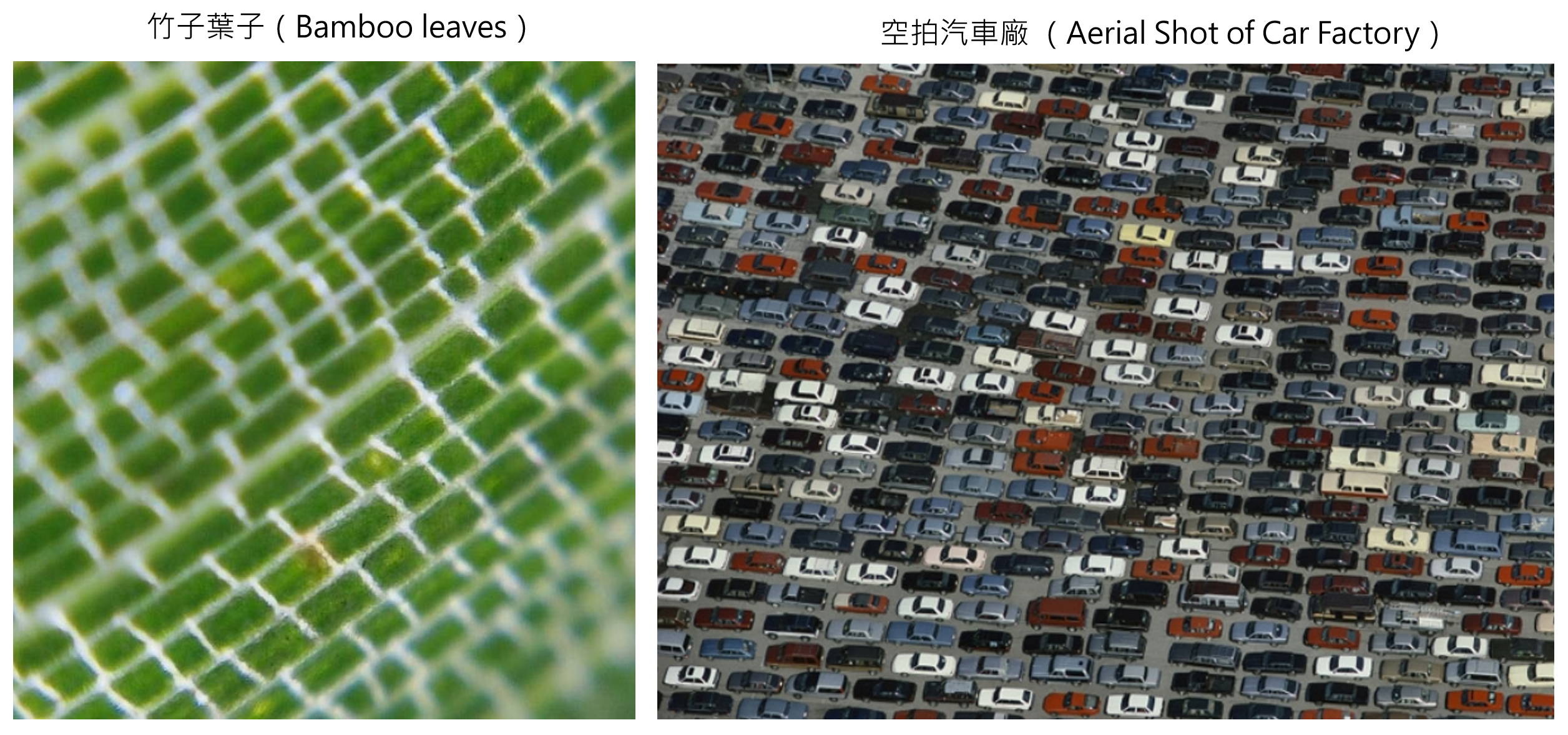“Micro Project – Small Plants, Big Discoveries’’
-AI-driven Exploration
To fulfill the USR goals prioritized by Taiwanese universities, we adopted the global Design for Change (DFC) model by Kiran Bir Sethi to develop the Place Change Maker (PCM) strategy. This strategy integrates place exploration, design thinking and making, and place-based change practices. Using PCM, we carried out social service projects at four rural primary schools—each with over 80 years of history and fewer than 50 students—which are at risk of closure.
Through digital fabrication, we developed a “Maker Microscope” and led the Micro Project – Small Plants, Big Discovery: AI-driven Exploration workshops. In these workshops, students built and customized their own microscopes, using them to explore the microscopic ecology of characteristic campus plants.
We also utilized the AI tool ComfyUI to create a plant feature recognition procedure. This enabled students to connect microscopic plant features with real-world landscapes. For example, they observed that the nodal structures of bamboo leaves resembled the bamboo plant itself. Using AI-assisted image recognition, they found aerial photos of car factories arranged in a pattern similar to that of bamboo leaves. Similarly, the umbrella-like structure of pennywort leaves under the microscope resembled the layout of parks in Paris when viewed from above.
This innovative exploration not only enhanced students’ digital literacy but also broadened their global perspective. Our initiative reimagined the value of rural schools and supported the Sustainable Development Goals of “Quality Education” and “Reduced Inequalities,” advocating against the closure of schools in remote areas.
Keywords: University Social Responsibility (USR), Place Change Maker, Maker Microscope, Rural Elementary Schools, AI Image Recognition, Landscape, SDGs
“微觀計畫-小植物,大發現’’ -智慧探索
為達成台灣大學非常重視的USR服務,我們參考Kiran Bir Sethi提出的全球創新行動挑戰(Design For Change,DFC)設計「地方創變客」(Place Change Maker, PCM)的社會服務策略: place exploration、design thinking & making、地place change practice三個步驟。我們運用PCM策略來完成四個偏鄉小學的社會服務。
“微觀計畫-小植物,大發現’’ -智慧探索“微觀計畫-小植物,大發現’’ -智慧探索
我們探訪這四個具80年以上全校人數不到50位的偏鄉小學,並瞭解校園生態。我們運用數位自造方式開發「創客顯微鏡」並帶到這些小學,舉辦「微觀計畫-小植物,大發現」工作坊。在工作坊中,讓小學生DIY自己組出創客顯微鏡,並探索校園的特色植物的微觀生態。
我們也運用AI ComfyUI工具設計一套生態植物特徵參數辨識程序,讓AI 圖像辨識來協助小學生探索微觀植物與真實世界的地景的有趣關連。例如在微觀下,小學生驚訝發現竹子的葉子微觀下長的像竹子(竹葉具有竹節構圖);而在AI協助下,也發現到空拍下的汽車工廠的矩陣排列空拍畫面,看起來像竹子葉子有竹節構圖。他們發現「銅錢草的葉子微觀下長的像一把傘。在AI協助下,法國巴黎城市公園的空拍地景圖就像銅錢草微觀的傘狀結構。竹子葉子與汽車有關連,銅錢草與法國巴黎城市公園有關連,這是有趣的探索,也增添小學生使用數位工具的能力與國際關連視野。
藉由我們的實踐,我們不但改變了偏鄉小學的形象,也達成SDGs中「提升優良教育」與「減少不平等」目標。希望這些偏鄉小學未來不會被政府整併或廢棄掉。(https://techart.nthu.edu.tw/?page_id=6484)
關鍵字: 社會服務, SDGs, 地方創變客, 創客顯微鏡, 偏鄉小學, AI 圖像辨識, 地景, SDGs
學生DIY製作自己的顯微鏡。Students built and customized their own microscopes.
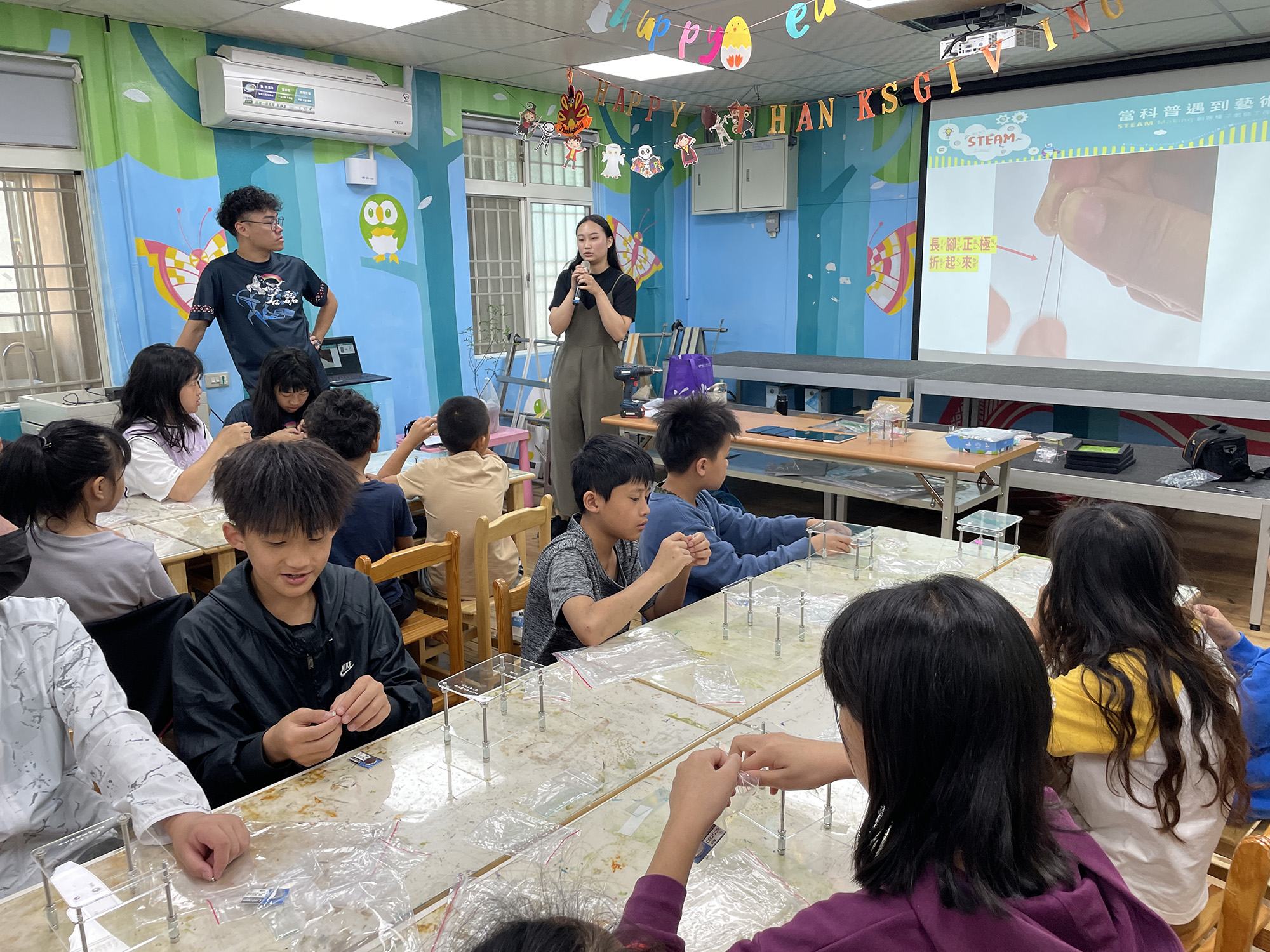
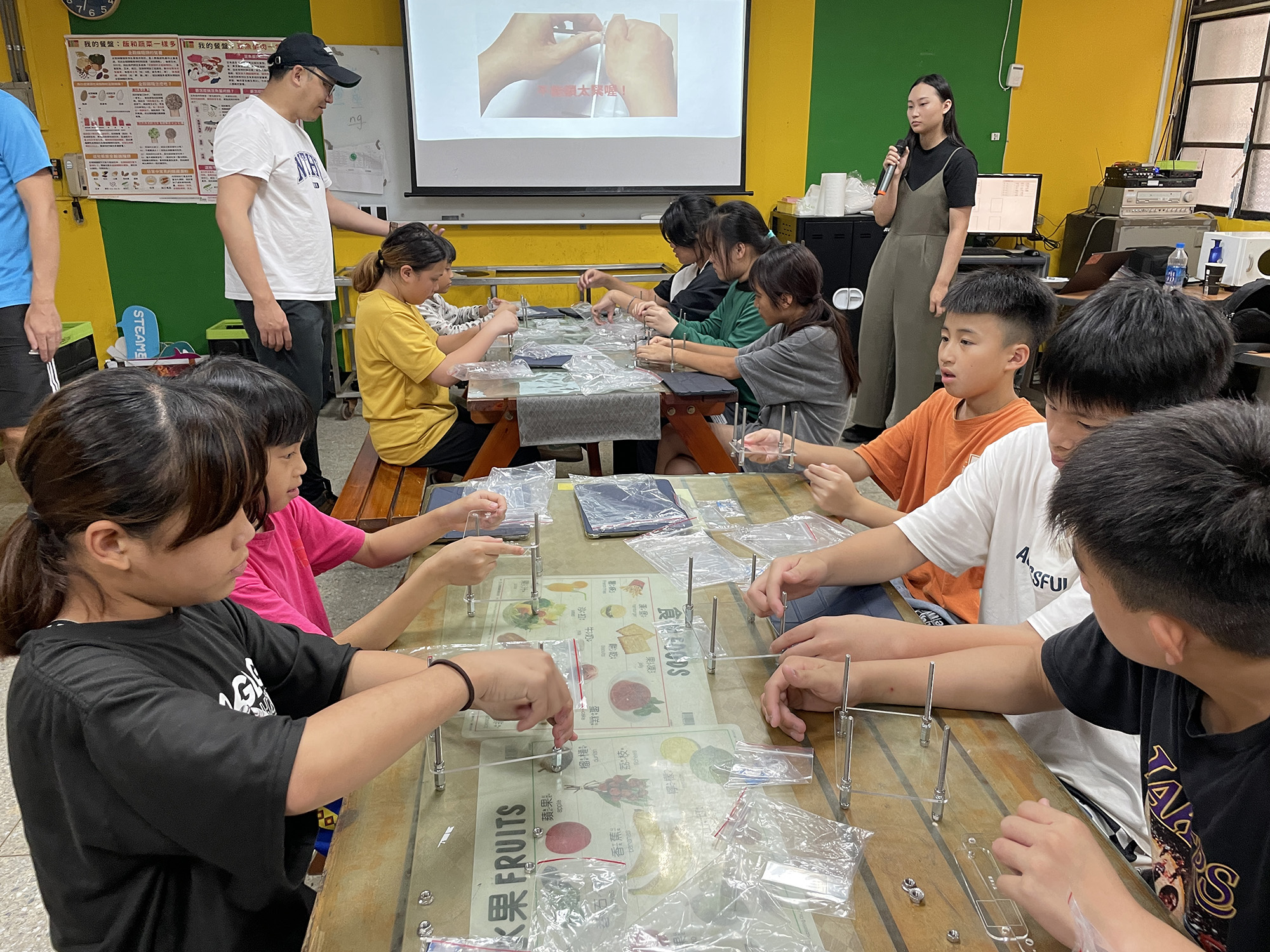
學生採集校園植物。 Students collect plants on campus.
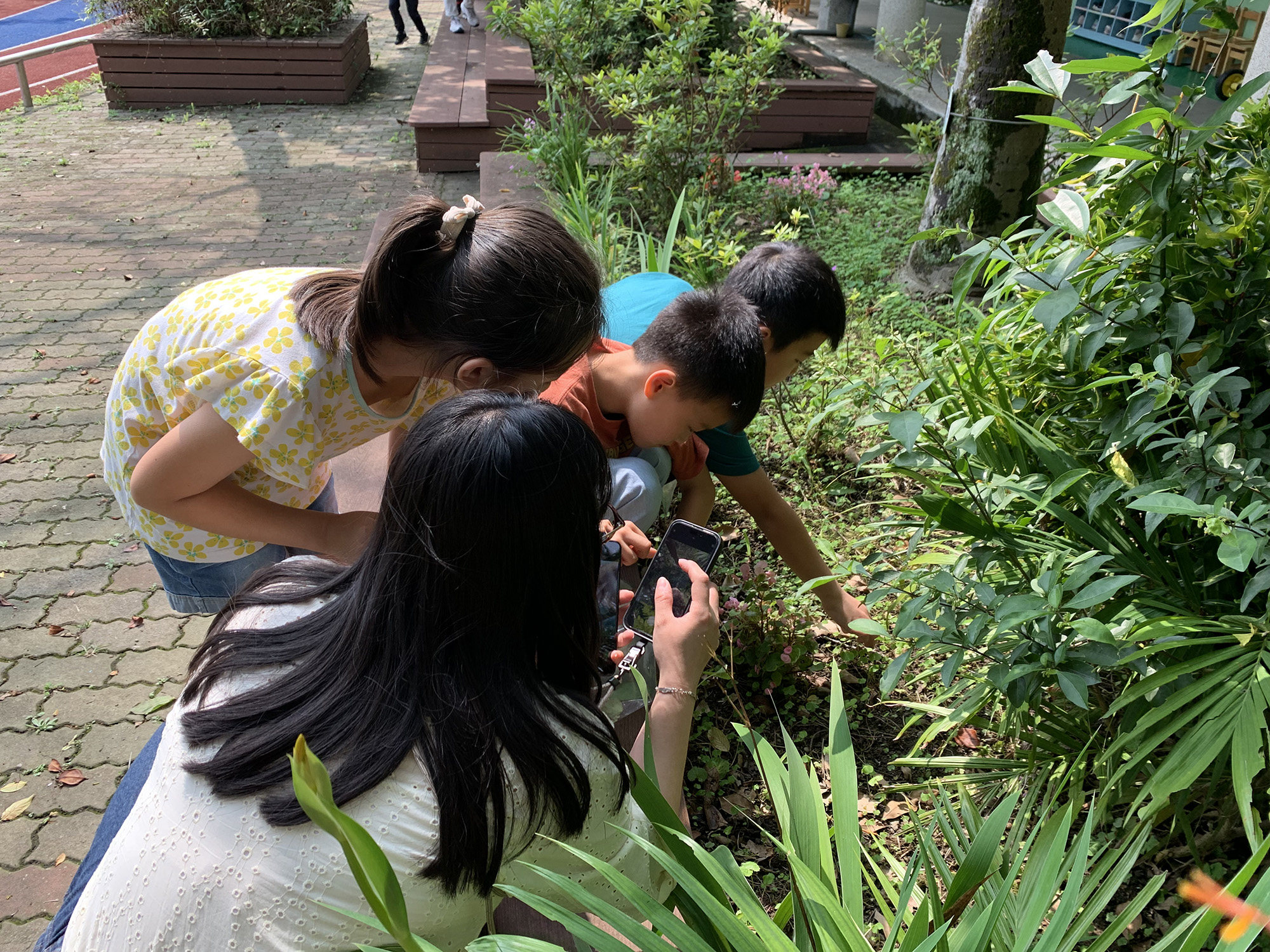
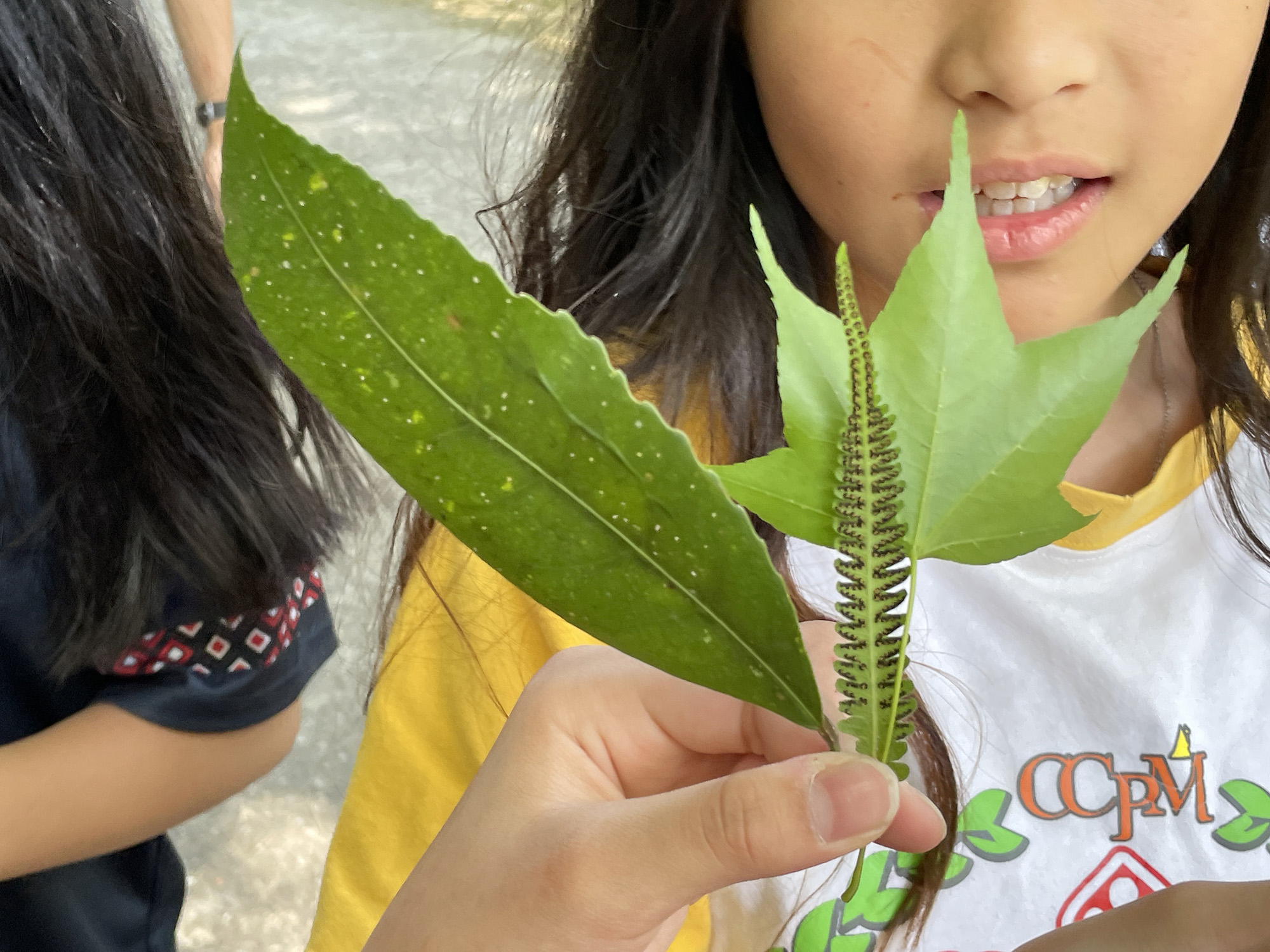
學生「小植物,大發現」。“Small Plants, Big Discoveries’’
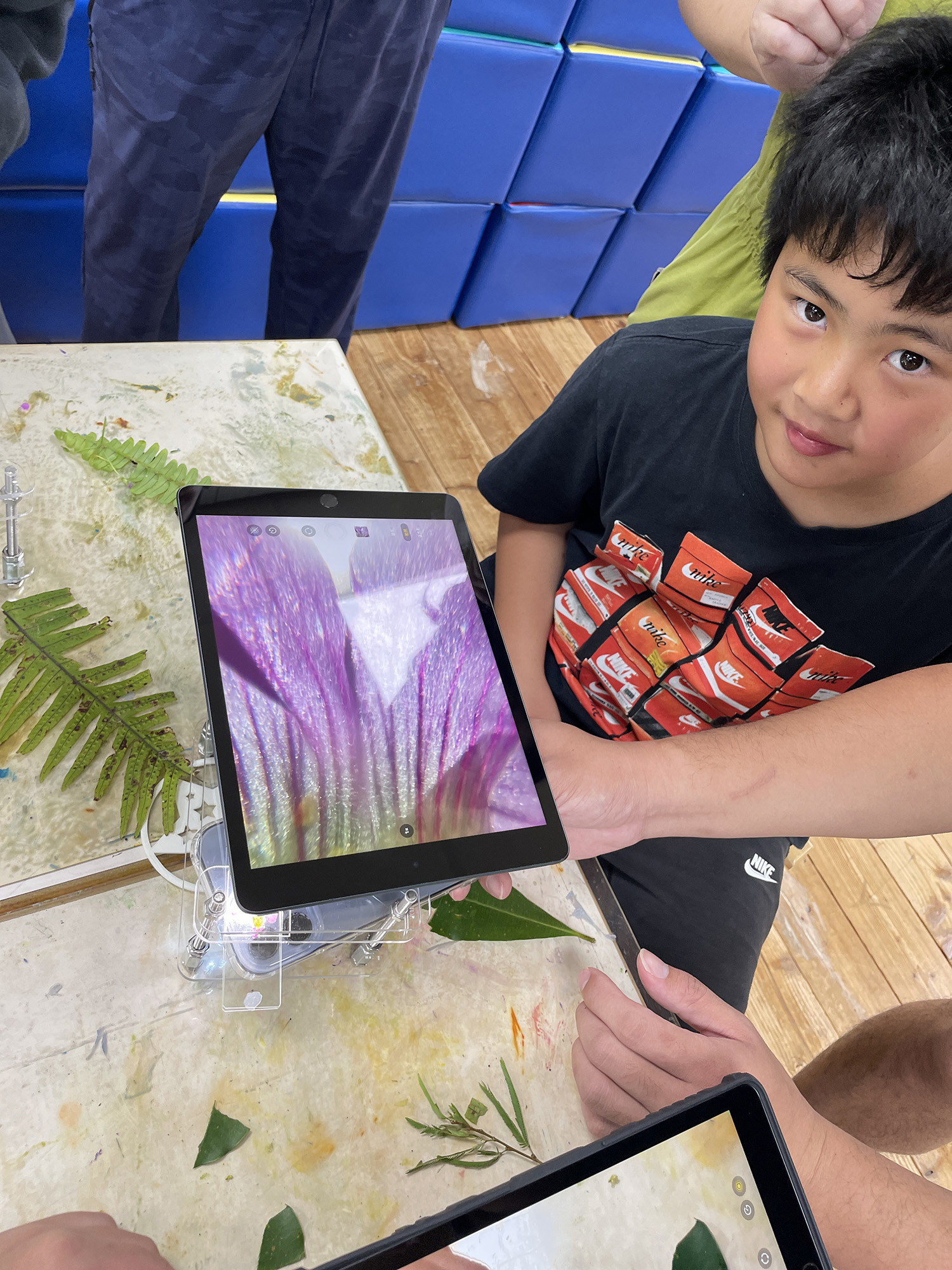

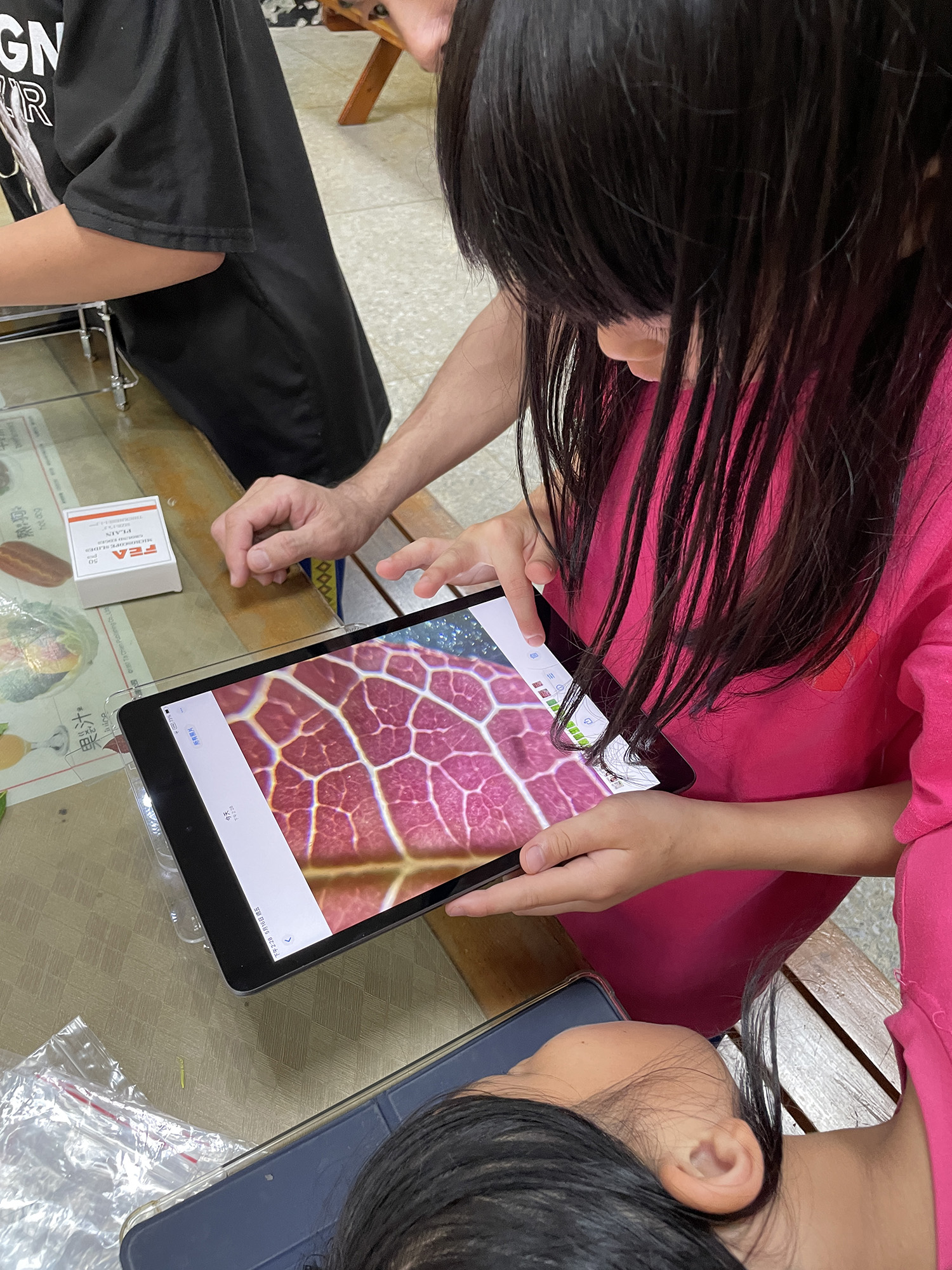
AI智慧探索。 AI-driven Exploration.

